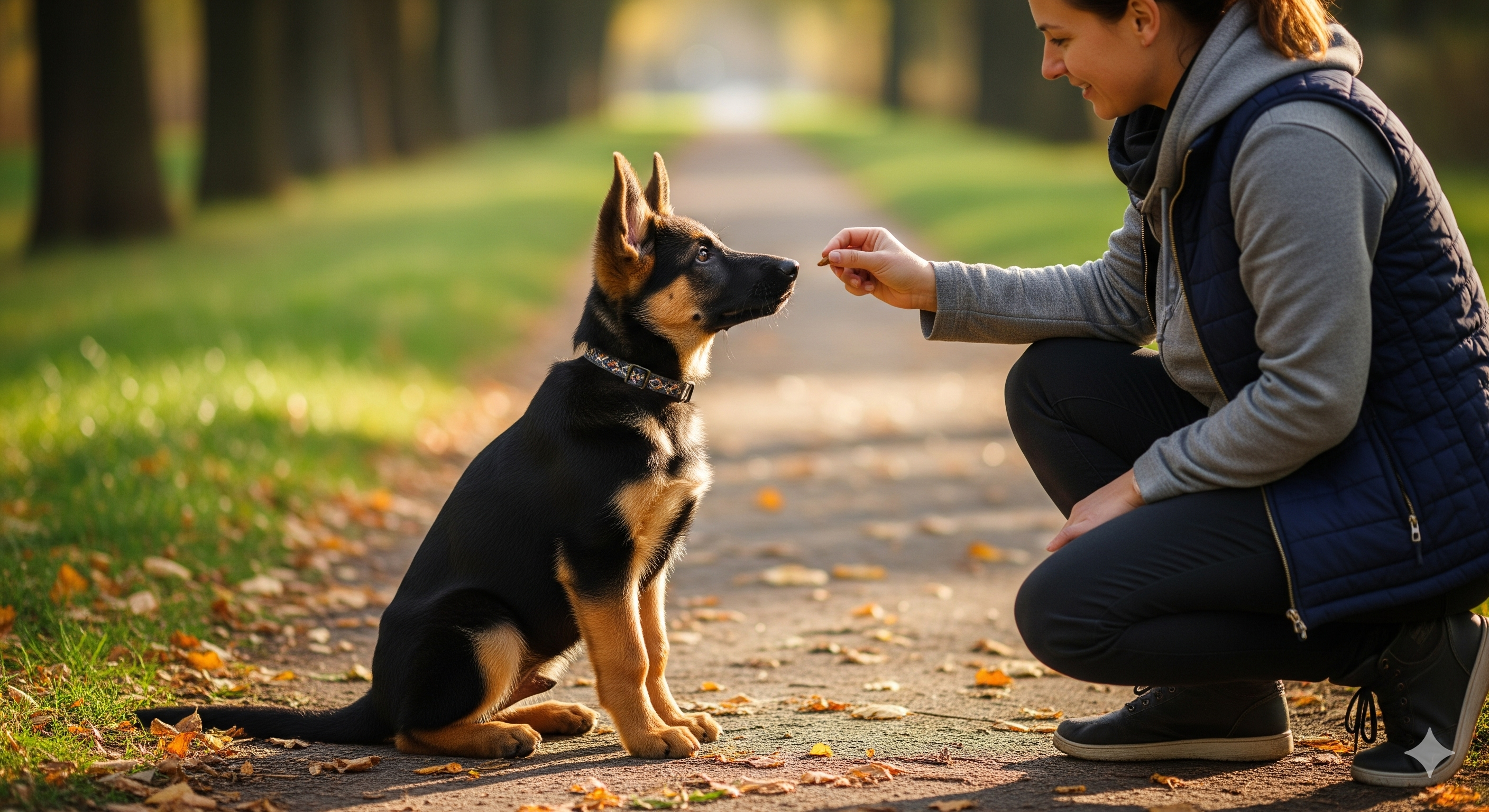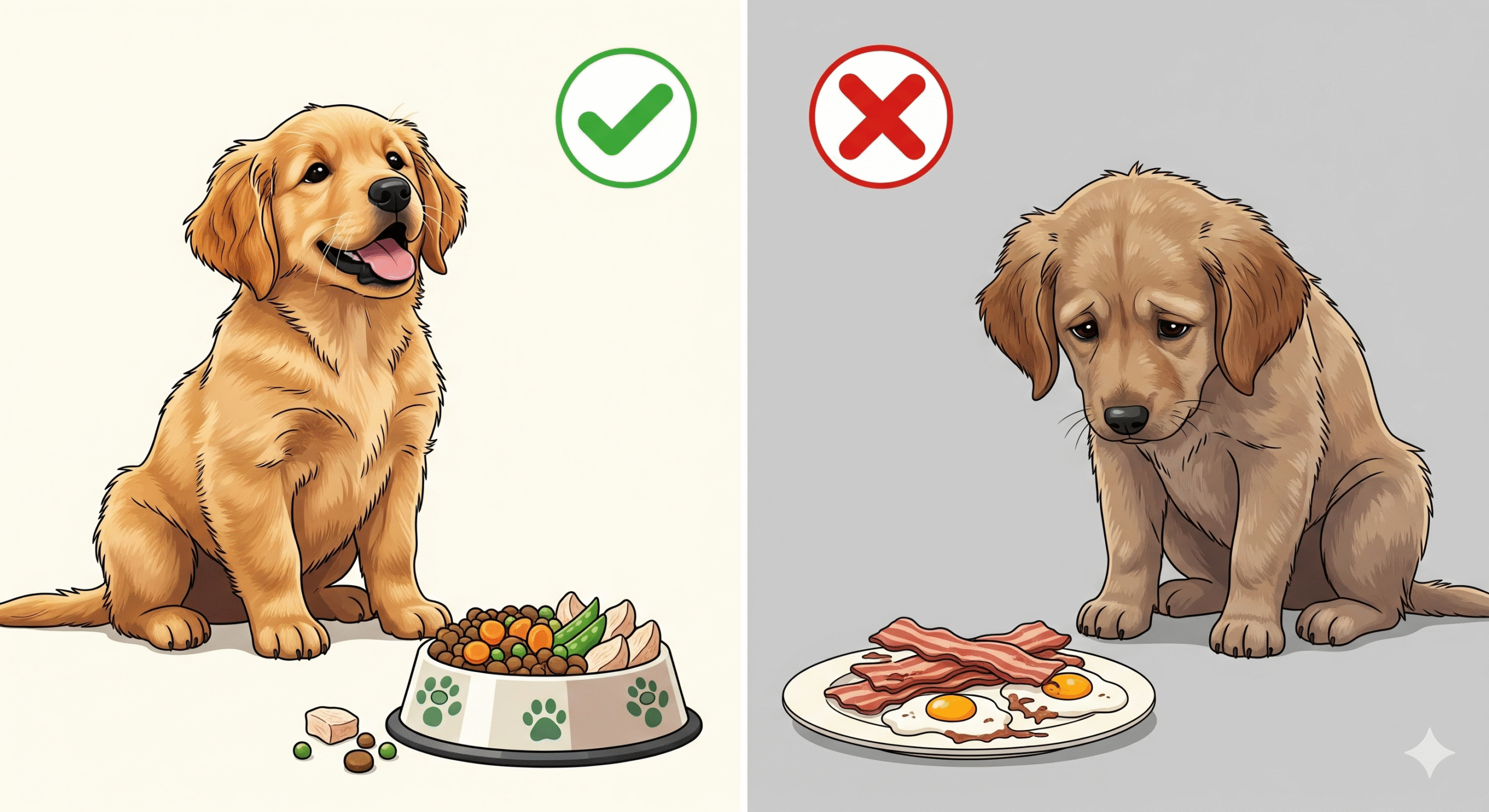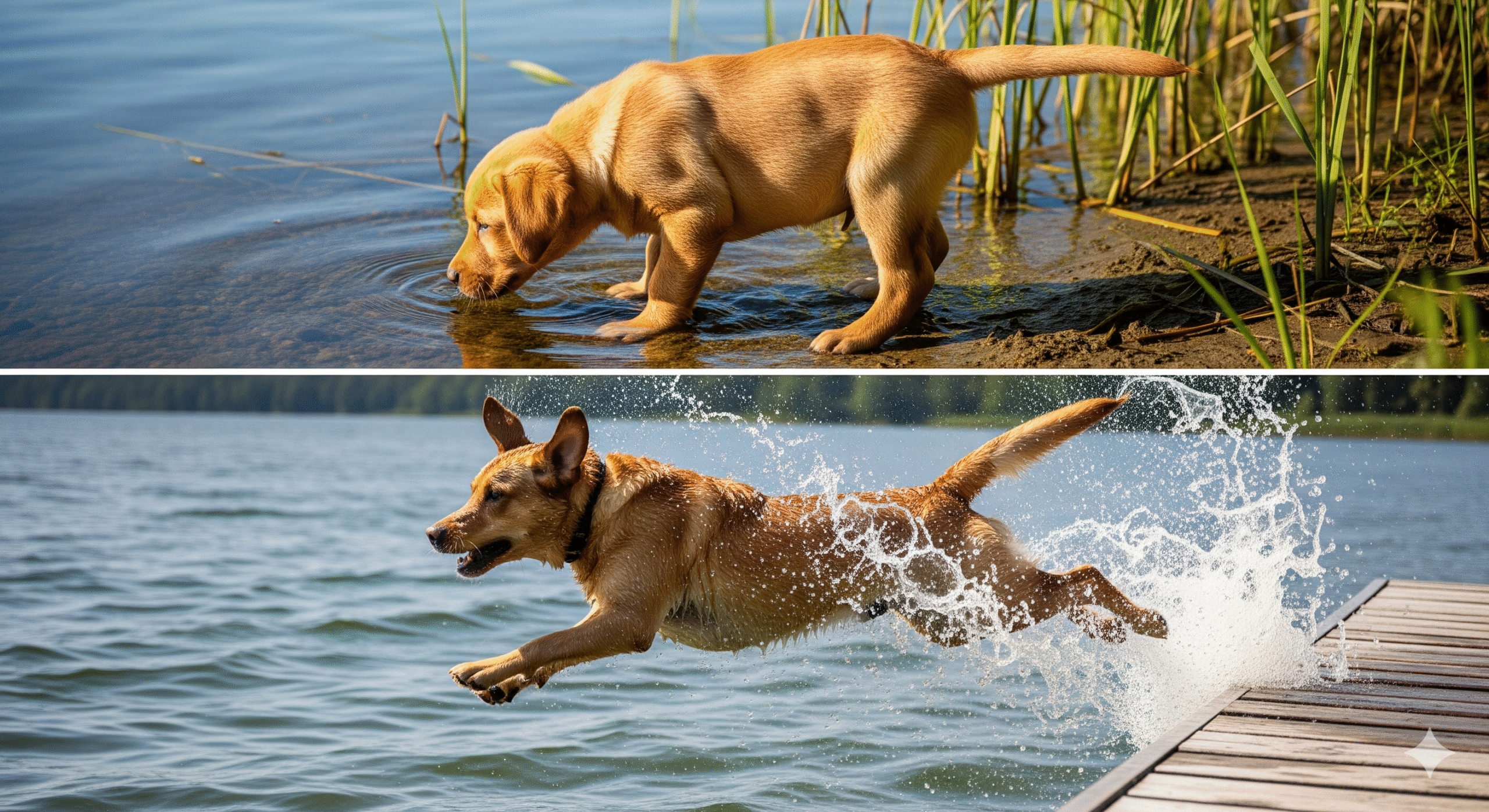Renowned for their intelligence, loyalty, and versatility, the German Shepherd Dog (GSD) is more than just a pet—they’re a lifetime commitment. Raising a German Shepherd puppy is incredibly rewarding, but it comes with unique challenges. Without proper guidance, their sharp minds and high energy can lead to destructive behaviors, anxiety, and dominance issues.
This comprehensive guide will be your roadmap to success, covering:
✔️ The true German Shepherd temperament (beyond the stereotypes)
✔️ Stage-by-stage training milestones from 8 weeks to 2 years
✔️ Socialization secrets to prevent fear and aggression
✔️ Advanced training techniques to harness their brilliant minds
✔️ Common mistakes first-time GSD owners make
Let’s unlock the potential of your new best friend and family protector.
Understanding the German Shepherd Temperament 🧠
To train a GSD effectively, you must first understand what drives them. They are not a casual, low-energy breed.
Core Personality Traits
- Loyal & Bond-Oriented: They form intense, unwavering bonds with their family. This loyalty makes them protective and sometimes wary of strangers.
- Highly Intelligent & Trainable: Ranked as the 3rd most intelligent dog breed, they need mental challenges as much as physical exercise. Boredom is your enemy.
- Confident & Courageous: Bred for work, they have a strong sense of purpose and are not typically skittish.
- Energetic & Driven: They have a powerful “on” switch and need a job to do. This is a working dog, first and foremost.
Potential Temperament Challenges
- Protectiveness: Without proper socialization, natural wariness can morph into over-protection or aggression.
- Anxiety & Nervousness: Poor breeding or traumatic experiences can lead to skittishness and anxiety, which is hard to correct in this sensitive breed.
- Prey Drive: Their strong instinct to chase can be triggered by small animals, bikes, and running children if not managed.
German Shepherd Puppy Training Timeline 📅
Stage 1: The Foundation (8-16 Weeks) 🧱
This is the most critical window for shaping your puppy’s future.
- Socialization (The #1 Priority): Expose your pup to 100+ new people, places, sounds, and surfaces by 16 weeks. Make every experience positive. Think: parks, city streets, friends wearing hats, umbrellas, vacuum cleaners.
- Basic Obedience: Start with name recognition, “sit,” “down,” and “come.” Use high-value treats like boiled chicken. Keep sessions short (5 minutes) and fun.
- Bite Inhibition: GSDs are mouthy puppies. Teach gentle mouthing by yelping “Ouch!” and stopping play when bites are too hard. Redirect to a chew toy.
- Crate & Potty Training: Establish a strict schedule. GSDs thrive on routine and learn quickly.
Stage 2: The “Teenage” Phase (4-8 Months) 😬
Your sweet puppy may test boundaries. Consistency is key.
- Leash Training: They will start pulling. Use a front-clip harness for control and practice “heel” with lots of rewards.
- Solidifying Commands: Practice known commands with increasing distractions.
- Impulse Control: Practice “leave it” and “wait” for food, toys, and before going through doors.
Stage 3: Adolescence to Adulthood (8-24 Months) 🐕🦺
This is where you build the incredible dog you envisioned.
- Advanced Training: Introduce complex commands, scent work, agility, or protection sports (under professional guidance).
- Public Access Training: Proof their obedience in highly distracting environments like pet stores and outdoor cafes.
- Calm Settling: Teach an “off switch” by rewarding calm behavior with a “settle” or “place” command on their bed.
Essential Training Techniques for GSDs 🎓
1. Use Positive Reinforcement 🏆
German Shepherds are sensitive and respond brilliantly to reward-based training. Use:
- High-Value Treats: Chicken, cheese, hot dogs.
- Praise & Play: A game of tug can be a powerful reward.
- Clicker Training: Excellent for marking precise desired behaviors.
2. Provide a “Job” ⚙️
A bored GSD is a destructive GSD. Give them purpose:
- Sport Training: Agility, obedience, rally, bitework (IPO/Schutzhund).
- Practical Jobs: Carry a backpack on hikes, find your keys, fetch the newspaper.
- Puzzle Toys: Stuff Kongs, use snuffle mats, and provide challenging food puzzles.
3. Be a Calm, Assertive Leader 🧘♂️
GSDs need confident leadership. This doesn’t mean being harsh or dominant. It means:
- Setting clear rules and boundaries and enforcing them consistently.
- Controlling resources (food, toys, doorways) without being stingy.
- Projecting calm, confident energy—they will mirror your emotional state.
Socialization: Your Key to a Stable Dog 🌍
Poor socialization is the leading cause of behavioral euthanasia in this breed. Start the day you bring your puppy home.
- Goal: Create positive associations with everything.
- How: Pair new experiences with high-value treats. See a jogger? Treat. Hear a loud truck? Treat.
- People: Introduce them to men, women, children, people in uniforms, people with hats/beards/umbrellas.
- Animals: Arrange playdates with stable, vaccinated adult dogs who can teach good manners.
- Environments: Visit (without necessarily interacting) parking lots, schools, woods, and urban areas.
Common Health Considerations for Training 🩺<
Their physical health directly impacts their ability to learn.
- Hip & Elbow Dysplasia: Common genetic joint issues. Avoid forced running on hard surfaces, excessive jumping, and slippery floors while they are growing.
- Bloat (GDV): A life-threatening condition. Avoid vigorous exercise one hour before and after meals.
- Sensitive Stomach: Many GSDs have food sensitivities. A high-quality diet is essential for stable energy and focus.
What NOT to Do: Common GSD Training Mistakes ❌
🚫 Using Harsh Punishment: This will break trust and can create a fearful or aggressive dog.
🚫 Skipping Socialization: Assuming “he’s fine at home” is a recipe for disaster.
🚫 Providing Insufficient Exercise: A tired Shepherd is a good Shepherd.
🚫 Allowing Unchecked Guarding: Discourage growling at strangers or at the door without a command. You control when protection is needed.
Final Thoughts: The Journey to a Magnificent Companion 🏆
Raising a German Shepherd is a marathon, not a sprint. The intense effort you put in during the first two years will pay dividends for a decade. You are not just training a dog; you are building a loyal, intelligent, and capable partner for life.

Hypoallergenic Puppy Breeds for Allergy Sufferers
Choosing a puppy from a hypoallergenic breed is a fantastic first step for allergy sufferers. With careful selection and proper management, you can enjoy the love and companionship of a dog without as much sneezing and itching.
Ready for the next step?
Once you’ve chosen your breed, learn how to create a truly allergy-friendly environment with our proven strategies for Reducing Pet Dander in Your Home.






